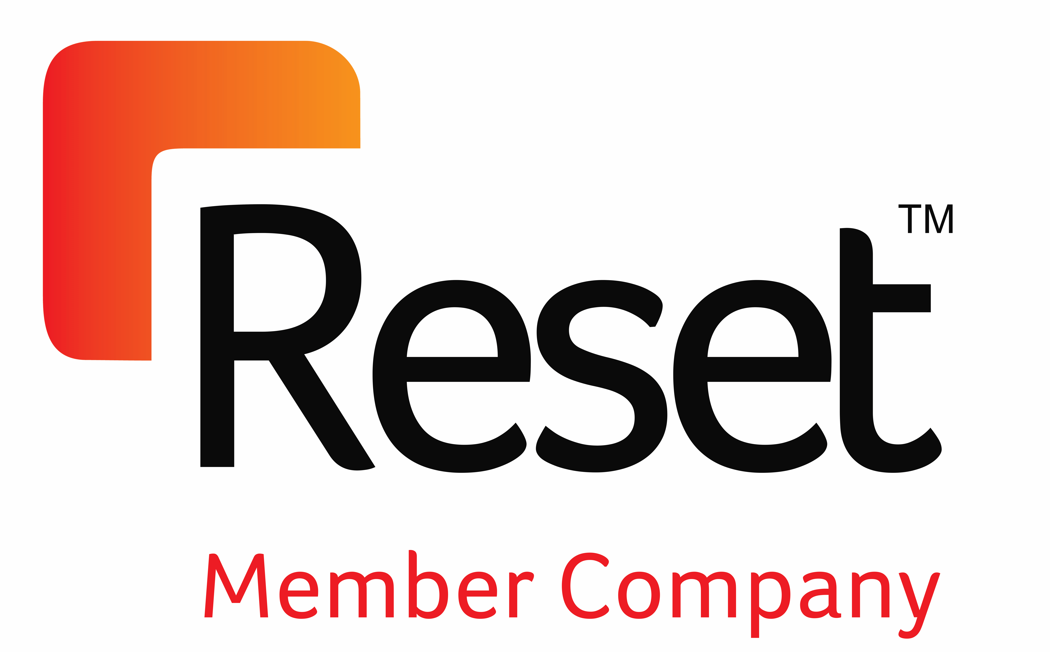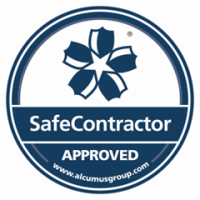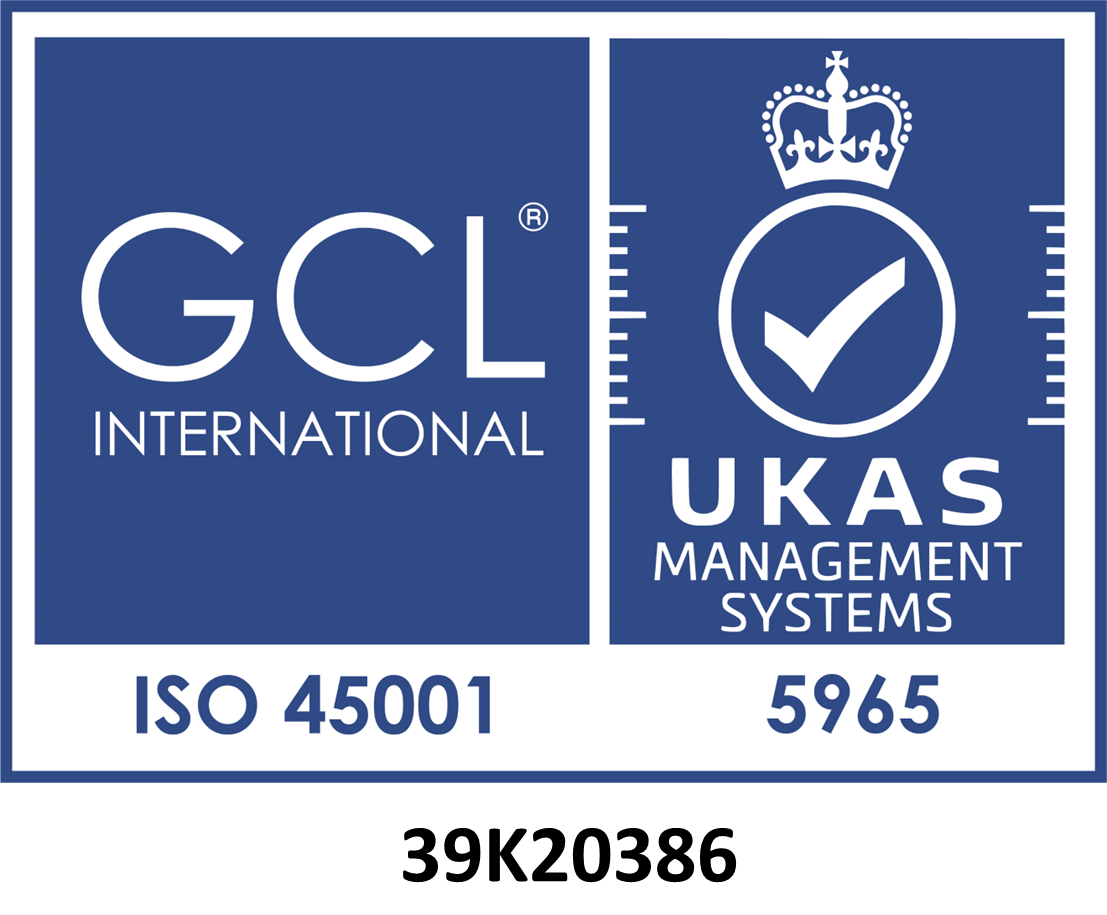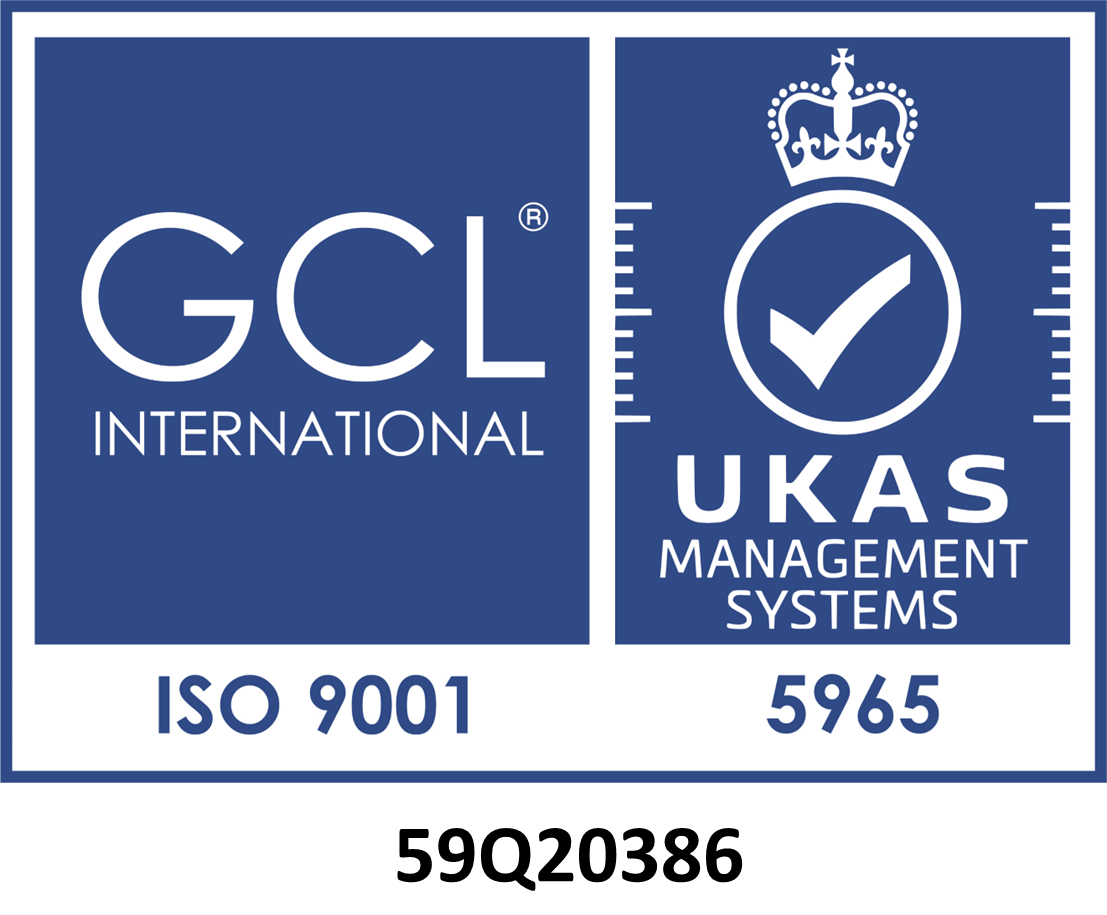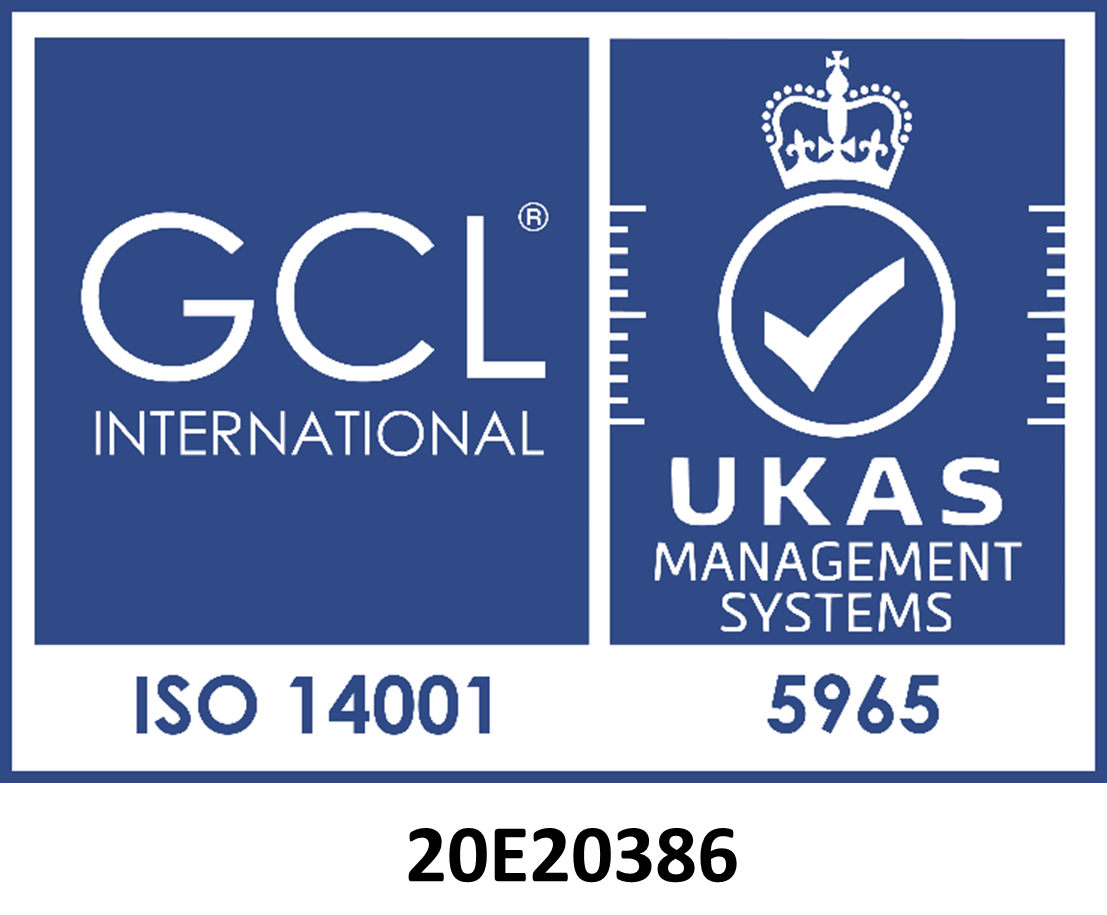No Touch Decontamination Systems (NTDs) are fast replacing older types of decontamination, particularly in healthcare settings. However, not all these systems are the same, and it is important to look at the pros and cons before choosing.
Amid concern over hospital infections and antibiotic resistance, there are many different NTDs coming on to the market – so it can be hard to work out which is the best option for you.
The methods which are used most often in hospitals and other healthcare premises are low and high-concentration hydrogen peroxide decontamination (hpv decontamination), ozone and Ultra-Violet light systems.
Ozone generators have been available for years, and they work via electrical charging of air molecules over a catalyst, with ozone being emitted as a gas. But in two comparative trials by the HSE (Health and Safety Executive) they could not achieve significant reductions in most selected organisms, so we are here concentrating on the other alternatives.
Low Concentration Hydrogen Peroxide/H202 Mist Systems Using Peracetic Acid (PAA), Including Phileas.
These units have an H202 concentration of under 8%, which is diffused as a mist, often with an additional disinfectant. In the case of Phileas, this is Peracetic Acid (PAA).
Advantages: They are highly effective in a single cycle and meet efficacy standards. The room set-up time is short, and they can be compact in size. They are very mobile, and can be operated remotely, with no need for staff to be present for the whole cycle. Battery-operated units are available. This type of disinfection system is highly cost-effective and scalable for larger volumes. There is no need for distribution fans, unlike with high-concentration systems.
Disadvantages: Low-concentration systems which use extraction can be heavy and bulky.
Low Concentration Hydrogen Peroxide/H202 Mist Systems Using Silver
These systems also use a lower concentration of H202 diffused as a mist, but with Silver ions or Silver salts as the added disinfectant.
Advantages: These units do not have as high a cost as high-concentration systems, and they can be scalable if larger volumes need to be treated. Staff do not need to be present for the entire cycle.
Disadvantages: Effectiveness in a single cycle is limited, so this means longer/multiple cycle times are needed, with a risk of organism resistance. Some systems of this type have been shown to leave residues. The range of volumes which are claimed to be treated are not always relevant to hospital requirements. Decontaminant certification and standards claims may not be clear.
High Concentration Hydrogen Peroxide/H202 Systems
These hydrogen peroxide decontamination systems are usually 30% to 35% in concentration, and they are diffused as a vapour via dehumidification or heating.
Advantages: They have been shown to be effective on all organisms during a single cycle, and they have met efficacy standards.
Disadvantages: These units require a long set-up time, are often larger and heavier than alternatives, and are the most expensive of the chemical NTDs currently available. You will also need fans to diffuse the vapour and an extraction unit to bring the H202 down to a safe level. Long-term exposure can damage some materials. Also, staff will need to be present throughout the cycle.
Ultra-Violet/UVc Light Emitters
Single and multiple-emitter/bulb versions are available.
Advantages: No disinfectant is required and cycle times may be short for surfaces which are within a metre of the light source.
Disadvantages: Heavy and bulky equipment is required for this type of decontamination, and staff need to be present throughout the cycle. A number of cycles, with repositioning, may be required to achieve decontamination to a high enough standard, and it can be ineffective against some types of organism. Cycle times for surfaces which are more than a metre from the light will take much longer. This type of decontamination carries a much higher cost than chemical/HPV decontamination, and it is not scalable for larger volumes.
Phileas Decontamination Equipment Supplied by Tecomak
From looking through this list, it is clear that Low Concentration Hydrogen Peroxide Mist Systems using Peracetic Acid have many advantages. Phileas is a highly effective system of hpv decontamination, which has had its efficacy demonstrated in independent testing. It has also achieved validation in accordance with EU Biocide Product Regulations.
Phileas products and services are available now from Tecomak, a company with many years of experience in providing specialist contamination control and ventilation systems services across the UK. Follow this link for more details of the Phileas products we supply.

